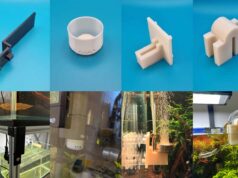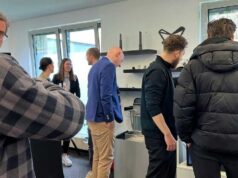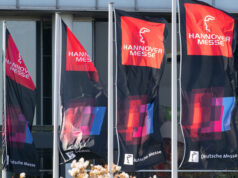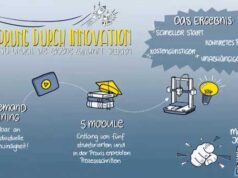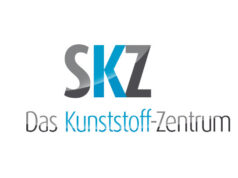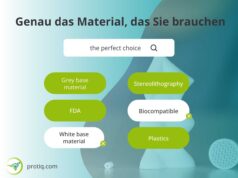Aerojet Rocketdyne beendet eine erfolgreiche Testserie eines komplett additiv gefertigten Raketenantriebs.
Die Tests unter voller Belastung konnten den 3D-gedruckten Triebwerken nichts anhaben. Diese setzen einen wichtigen Schritt in der Weiterentwicklung von Raketenantrieben. Der Antrieb aus der Bantam Produktfamilie besteht aus nur drei Teilen. Herkömmlich gefertigt vervierfacht sich die Anzahl der Teile.
Das getestete Triebwerk wird “Baby Bantam” genannt, weil es in der Bantam Familie den geringsten Schub hat. Der Vortrieb der Baby Bantam beträgt 5.000 Pfund. Die Bantam Serie geht bis zu einem Schub von 200.000 Pfund.
Durch die additive Fertigung konnten nicht nur Teile eingespart werden, sonder auch die Kosten um 65% verringert werden. Die Fertigungsdauer reduzierte sich von ein paar Jahren auf ein paar Monate.
Hier die volle Pressemeldung:
SACRAMENTO, Calif., June 23, 2014 – Aerojet Rocketdyne, a GenCorp (NYSE: GY) company, successfully completed a series of hot-fire tests on a Bantam demonstration engine built entirely with additive manufacturing. The tests were a key step in the development of a more cost-effective engine family for booster, upper-stage and in-space propulsion.
“The demonstration of this engine, made completely with additive manufacturing, is another significant milestone in our path to changing propulsion affordability,” said Jay Littles, director of Advanced Launch Propulsion Programs at Aerojet Rocketdyne. “We are not just making a stand-alone chamber or injector derived from traditional design approaches. Rather, we are integrating the full capability of additive manufacturing processes to evolve a proven, reliable, affordable design. We are doing so with technical depth and rigor to meet our unparalleled quality and safety requirements.”
The engine, which is normally comprised of dozens of parts, consisted of only three additive-manufactured components: the entire injector and dome assembly; the combustion chamber; and a throat and nozzle section. This particular liquid oxygen/kerosene engine, dubbed “Baby Bantam” (because it is at the lower end of the Bantam engine family thrust range), has a thrust of 5,000 pounds. The Bantam engine family extends up to 200,000 pounds of thrust and can be adapted to use various fuels, including: kerosene, ethanol, methane and storable propellants.
The Bantam engine family is being adapted from the proven design of the Atlas Sustainer engine to take full advantage of additive manufacturing capabilities. The team also was able to reduce total design and manufacturing time from more than a year to a couple of months, and reduce the cost of the engine by approximately 65 percent. This engine test was part of a multi-year Aerojet Rocketdyne additive manufacturing development effort that already has demonstrated successful process development, design tool evolution, component fabrication and component hot-fire tests.
Mehr über den Einsatz von 3D-gedruckten Raketenantrieben bei der Nasa und bei SpaceX.
via Rochet



